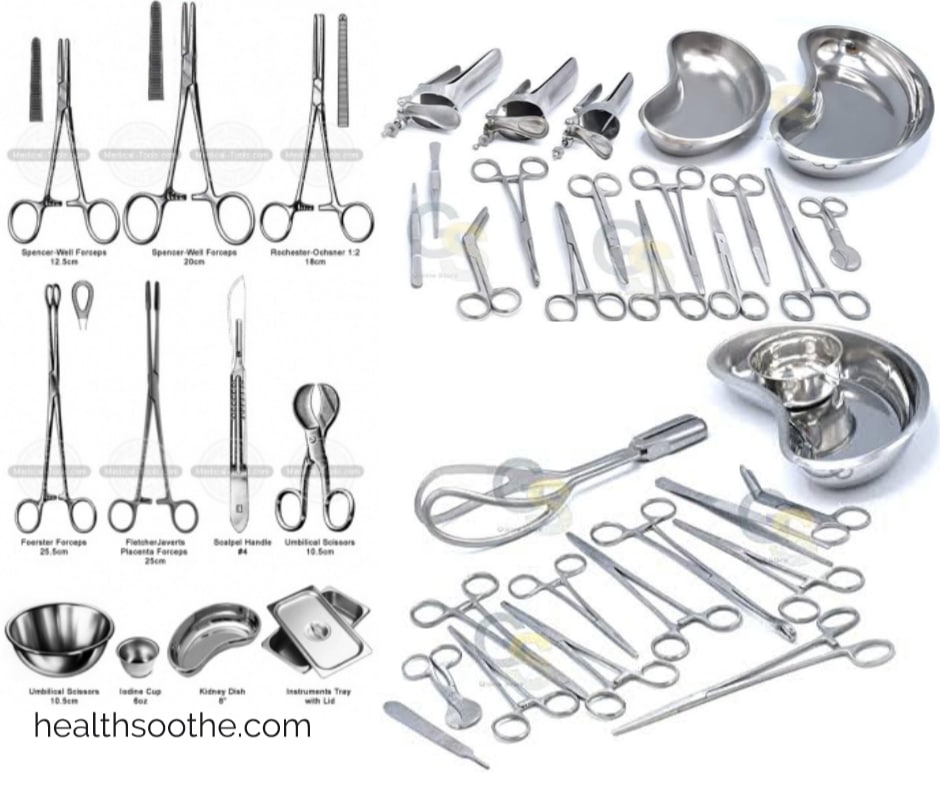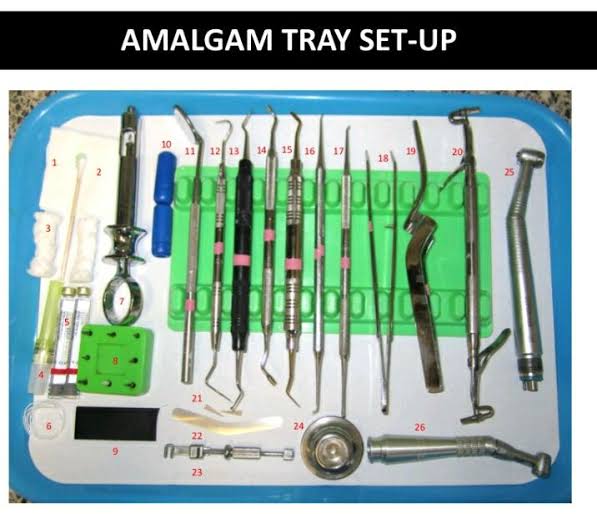Are you ready to take your weightlifting journey up a notch? Wrist wraps are an essential accessory that every serious weightlifter should consider. Even if you don’t think you need them, read on and see if they might be the missing piece of your strength puzzle.
In this article, we have compiled all you need to know about wrist wraps for weightlifting: what they do, when to use them, and how to choose the right size and brand. We cover it all. So get ready for a comprehensive guide about how wrist wraps can improve your lifting experience!
What Are Wrist Wraps?
Wrist wraps have become an essential accessory for weightlifters. Wearing wrist wraps can help protect and support the wrists when performing weightlifting exercises, such as pull-ups, push-ups, squats, shoulder presses, and deadlifts.
Many weightlifting enthusiasts swear by using wrist wraps — they provide firm support to keep your wrists from hyperextending and causing injury and help you add more weight to your lifts.
Wrist wraps are designed to allow for better stability during exercises without impairing the range of motion; some athletes prefer to use them even on lighter weights to stay safe and increase their performance.
Wrist Wraps Vs. Lifting Straps
There are many lifting equipment available for lifters, and it can be challenging for a beginner to determine how to utilize each piece of gear—and whether they even need to use it! Lifting straps and wrist wraps are two items of equipment that novice lifters find particularly challenging to use. Other equipment, such as barbell pads and lifting belts, is quite simple.
These two pieces of equipment are quite distinct. The only similarity is that they are used on the hands or wrists to hold heavy objects. However, they serve different functions and are used for different workouts.
Let’s dissect both separately!
Lifting straps are frequently mistaken for wrist wraps since they are also called wrist straps. Lifting straps, in contrast to wrist wraps, go around your wrist, your hand, and the barbell or dumbbell. They are typically constructed of leather, nylon, or canvas and measure 12 to 22 inches in length and 1 to 1-1/2 inches in width.
Lifting straps are primarily used to keep you attached to the weight and prevent it from slipping out of your hands while, most importantly, reducing grip strain. You can lift bigger weights for a longer time by eliminating grip fatigue.
Utilizing them will enable you to complete more repetitions, concentrate more on the muscle regions you’re aiming to target, and fully exhaust those muscles before your grip breaks!
Usage: Lifting straps come in various designs and attach your hand to the weight in various ways, but they are all designed to assist you in lifting heavy objects. Because lifting straps are only used for challenging pulling workouts, such as
- Shrugs
- Deadlifts and their variations
- Rows
- Rack pulls
Contrary to lifting straps, wrist wraps for weightlifting wrap around your wrist; they are devoid of a strap that goes around your hand. They are made of robust material, such as polyester, and include strong Velcro to provide the highest level of security. A thumb loop is also included for enhanced security.
Wrist wraps are designed to add compression around the wrist joint, assisting in its stabilization and protection without restricting the range of motion. Many people have pain or soreness in their wrists because it is a fragile joint, especially after pressing heavy weights.
The benefit of wrist wraps is that they stabilize your wrist, aiding in lessening wrist pain while using hefty weights. However, wrist wraps don’t just help those with wrist pain. They keep your wrist from giving way during strenuous lifts, enabling you to push bigger loads.
Usage: Lifting straps are intended for hard-pulling activities, as you already know. Wrist wraps for weightlifting, on the other hand, are made for powerful pushing activities, particularly pressing and overhead lifts. Avoid overly relying on them because that can impair mobility, just like any lifting equipment. Therefore, avoid using them during warm-up sets.
Use wrist wraps for the following exercises:
- Bench presses
- Overhead squats
- Triceps Dips
- Overhead presses
Benefits of Wrist Wraps
Using reliable wrist wraps is a great way to step up your workouts, whether you’re just beginning your fitness journey or already a fearless athlete. Whether you’re lifting, pushing, or pulling weights, there’s no denying the comfort and stability that a good set of wrist wraps can bring.
The following are some of the benefits wrists wraps provide:
Speeds Up Recovery
The wraps are well-liked for improving movements in the weight room and preventing injuries. Studies [mfn]https://pubmed.ncbi.nlm.nih.gov/28236562/[/mfn] show that they also have some benefits for rehabilitation. For a quicker recovery, you might use a wrist wrap.
They are made to provide the compression and support your wrist requires during workouts. It will lessen discomfort and swelling while enhancing blood flow to hasten the healing process.
Provides Maximum Protection
Flexibility is beneficial for wrist engagement but can be challenging for lifters to manage. When lifting, too much unintentional movement is not good. Wrapping your wrists around your hands helps coordinate your muscles and provide support. They increase your training efficiency and cut down on injury risk.
Ensures Complete Support
Your wrist [mfn]https://doi.org/10.1111/j.1600-0404.2008.01072.x[/mfn] becomes a part of the action when you enter the gym to lift weights and perform other exercises. Because of its wrist support, a wrist wrap can be a real ally for lifters. The goal is to keep in form while performing various workouts. There are consequently fewer opportunities for hyperextension, which can be detrimental to a lifter.
How to Put on Wrist Wraps
Here is a step-by-step how to put on wrist wraps correctly:
- Find the thumb loop on one of the ends of your wrist wraps before you use them. Hold the wrist wrap with the thumb loop pointing up once you have it.
- The cloth of the wrist wrap will be in line with the area of your wrist right below the thumb if you place it along your wrist and align the thumb loop with your thumb.
- You can decide whether or not to insert your thumb into the thumb loop. Check both directions before choosing a wrist wrap if you’ve never worn one. Find the side of the fabric that does not have Velcro on it before you begin to wrap it around your wrist.
- Wrap the wrist [mfn]https://doi.org/10.1016/j.jht.2016.11.008[/mfn] with the Velcro-free side facing your skin since the Velcro portion of the wrist wrap will need to be on the outside once you’re finished.
- Wrap the wrist in a continuous circle until it is snug but not painful, then fasten it with Velcro. You might be wondering how tightly wrist wraps should fit. That depends on your preferences. It’s normal to be tight enough to make the joint feel secure but not so tight that blood flow is halted. Repeat the procedure on the other hand when you’ve finished with one wrist.
What to Look for When Purchasing Wrist Wraps
Since everyone has distinct lifting requirements, the finest wrist wraps depend on your training methods and objectives. When looking for wrist wraps to add to your workout bag, there are three things to consider. The good news is that DMoose wrist wraps for weightlifting have all these properties!
Length
Wrist wraps come in lengths from 12″ to 30″ long! The length of your wrap is crucial because you wish it to be long enough to let you customize the compression to your preferences but not so long that it becomes heavy and hinders your ability to work out effectively. For women, a good length appears to be 12″, and for men, 18-19″.
Material
Cotton, nylon, or polyester blends are frequently used to make wrist wraps. Select the appropriate material for your lifts. Cotton may be a better choice if your main focus is on high-rep exercises like CrossFit training, and nylon is better for weightlifting because it is more flexible and allows your wrists to breathe.
Choose a nylon or polyester blend if you use wrist wraps for larger weights. These wraps are more robust and lasting. Nylon or polyester wrist wraps are what we advise using, but again, it truly depends on your training style and objectives.
Stiffness
In addition to the substance, pay attention to the rigidity. Better wraps aren’t always stronger, but they are better for heavy lifting. Since optimal exercise requires good wrist stability and flexibility, flexible wrist wraps are perfect for high-rep workouts.
The Bottom Line
It’s no secret that wrist wraps are a must-have for weightlifters of all levels. With the right size, material, and support needed, you’ll be able to maintain proper technique and keep your wrists safe during any physical activity.
They offer multiple benefits, from providing much-needed support and protection to allowing a more secure grip on the barbell and ultimately contributing to improved performance and more significant gains.
These days they are available from Velcro to elastic styles in various colors and sizes, so there’s no excuse not to grab yourself a pair – the only limitation will be in how far your strength takes you. So, whether looking to improve your PR or just better protect yourself at the gym, weightlifting wrist wraps should be essential to any lifter’s kit bag!








